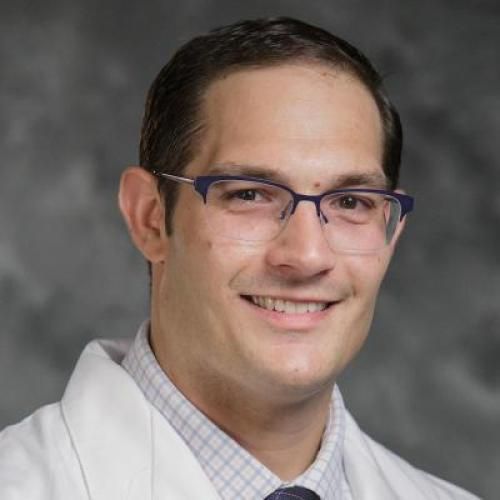Tendon phenotype should dictate tissue engineering modality in tendon repair: a review.
Advancements in the technical aspects of tendon repair have significantly improved the treatment of tendon injuries. Arthroscopic techniques, suture material, and improved rehabilitation have all been contributing factors. Biological augmentation and tissue engineering appear to have the potential to improve clinical outcomes as well. After review of the physiology of tendon repair, three critical components of tissue engineering can be discerned: the cellular component, the carrier vehicle (matrix or scaffold), and the bioactive component (growth factors, platelet rich plasma). These three components are discussed with regard to each of three tendon types: Intra-synovial (flexor tendon), extra-synovial (Achilles tendon), and extra-synovial tendon under compression (rotator cuff). Scaffolds, biologically enhanced scaffolds, growth factors, platelet rich plasma, gene therapy, mesenchymal stem cells, and local environment factors in combination or alone may contribute to tendon healing. In the future it may be beneficial to differentiate these modes of healing augmentation with regard to tendon subtype.
Duke Scholars
Published In
EISSN
Publication Date
Volume
Issue
Start / End Page
Location
Related Subject Headings
- Wound Healing
- Tissue Engineering
- Tendons
- Phenotype
- Mesenchymal Stem Cells
- Humans
- Genetic Therapy
- Animals
Citation
Published In
EISSN
Publication Date
Volume
Issue
Start / End Page
Location
Related Subject Headings
- Wound Healing
- Tissue Engineering
- Tendons
- Phenotype
- Mesenchymal Stem Cells
- Humans
- Genetic Therapy
- Animals

